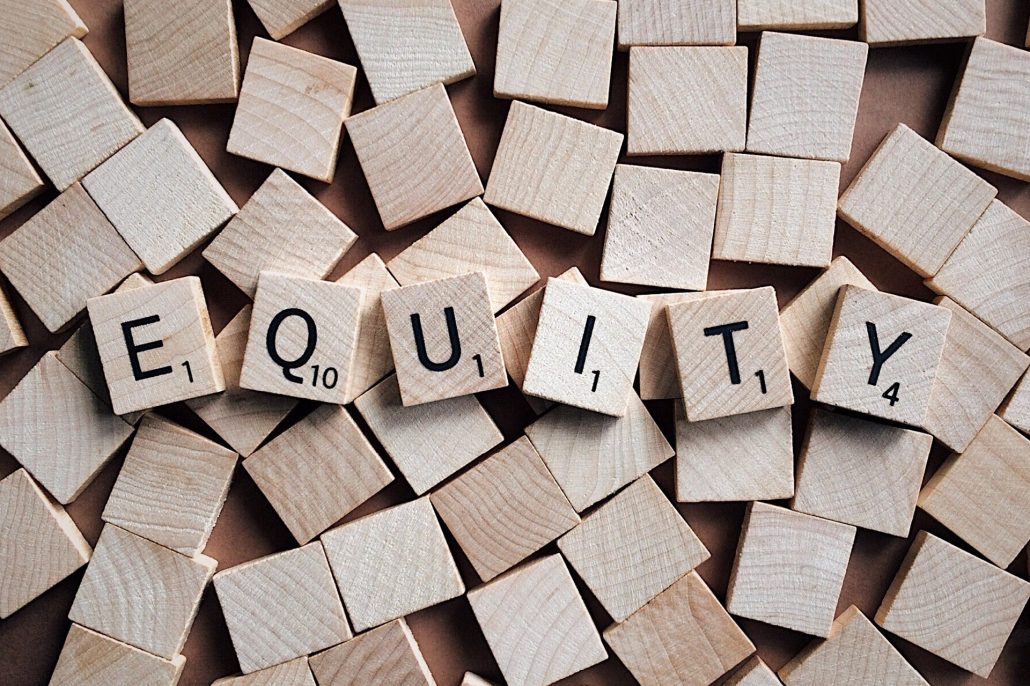Equity

Equity, as far as the Oxford English Dictionary is concerned, is defined as “the quality of being fair or impartial.” Simple enough, right? Yet, at home with children and teens, the concept will probably require further conversation to teach kids not only what equity means, but what it looks like.
One way to begin teaching children about what it means to be equitable is by teaching them what is not equitable. Contrary to what many children believe, equity and equality are not synonymous. By this, we mean that equity does not signify that everyone receives the same thing, whether that be treatment, assistance, gifts, awards, allowance, etc. Instead, equity means that everyone receives the same level of what they need. Again, this concept could be difficult for children to grasp, especially when fairness becomes a point of contention.
When parents need to put the focus on equity, not equality, they can begin by explaining the reason behind certain parental decisions. For example, Alex is 6 years old and Abe is 16 years old. Both boys perform chores around the house for an allowance. However, because the stark age difference significantly distinguishes each child’s ability to perform certain chores, tasks and allowances will not be equal—but they will be equitable. Let’s look at the details: Alex, the 6-year-old, feeds the fish, sorts his laundry, and helps put groceries away. For these age-appropriate tasks, Alex receives $5 a week as his allowance. This amount is enough for Alex to buy a book at the school book fair, which he desperately wants.
Now Abe, the 16-year-old, completes chores for the family, as well. Since Abe is older, he is trusted with the responsibility of walking the dog every evening, mowing the lawn, and helping clean up after dinner. For these tasks Abe receives $30 per week, which he puts towards gas money. While this example is hypothetical, a scenario like this makes sense for explaining equity. Abe and Alex are both contributing to household chores. However, the level of work, and therefore the level of pay, differs to suit each boy’s needs.
Another way to explain equity to children is to use an example that they have likely encountered in every parking lot—the handicapped parking spot. Much like the school accommodations for students with special needs, handicap parking is an accommodation to ensure equity for drivers with disabilities. Obviously, handicap parking spaces are not equal to all of the other spots—they are much closer, more convenient, and sometimes larger. However, equality among parking spaces would mean that the parking lot is inequitable for drivers with special needs. Remember, children need to realize that equity involves everyone getting what they need. An able-bodied person does not need to park closest to the entryway of a building, but a handicapped person does. The designated spaces ensure that they receive what they need, which in this case is an unobstructed parking space that is close in proximity to where they are going.
Key takeaways for children and teens is that fairness, equality, and equity are not synonymous terms. Equity revolves around each person’s individual needs and circumstances. Remind your children that we may not be aware of a person’s individual needs. Therefore, if it appears that someone else is getting “special treatment,” consider the obstacles, limitations, or other factors that may be at play. What appears to be unequal is often equity at work.



